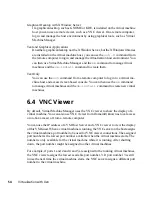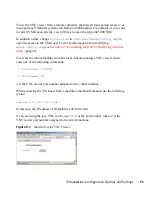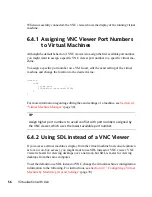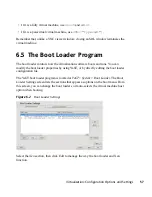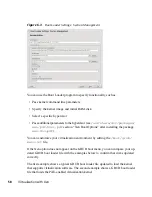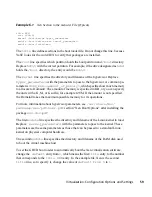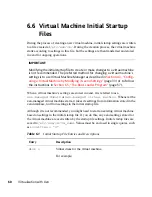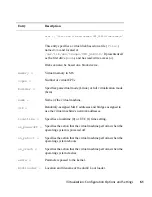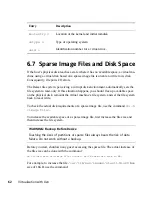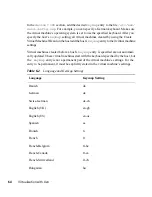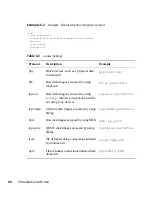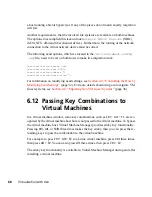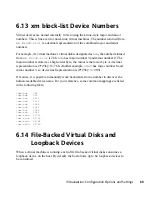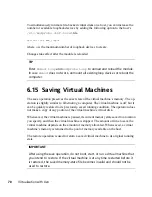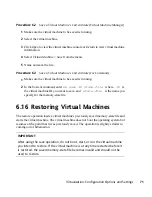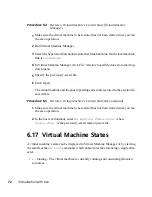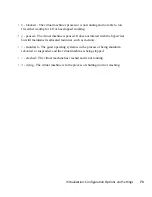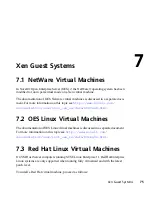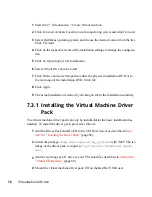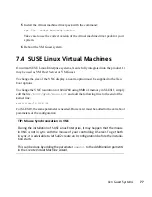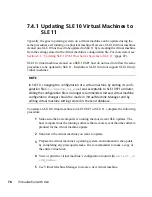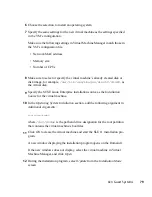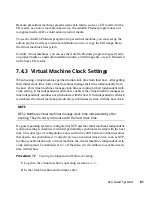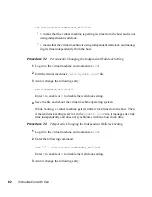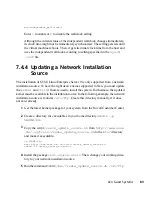
a host running a 64-bit hypervisor. If any of the pieces do not match exactly, migration
will fail.
Another requirement is, that the involved file systems are available on both machines.
The options to accomplish this task include
Network Block Devices
(NBD),
iSCSI, NFS, drbd and fiber channel devices. Furthermore, the routing of the network
connection to the virtual network device must be correct.
The following xend options, which are located in the
/etc/xen/xend-config
.sxp
file, need to be set on both hosts to make live migration work.
(xend-relocation-server yes)
(xend-relocation-port 8002)
(xend-relocation-address ")
(xend-relocation-hosts-allow ")
For information on modifying xend settings, see
Section 4.2, “Controlling the Host by
Modifying xend Settings”
(page 32). For more details about using xm to migrate VM
Guest systems, see
Section 4.6, “Migrating Xen VM Guest Systems”
(page 36).
6.12 Passing Key Combinations to
Virtual Machines
In a virtual machine window, some key combinations, such as
Ctrl
+
Alt
+
F1
, are rec-
ognized by the virtual machine host but are not passed to the virtual machine. To bypass
the virtual machine host, Virtual Machine Manager provides sticky key functionality.
Pressing
Ctrl
,
Alt
, or
Shift
three times makes the key sticky, then you can press the re-
maining keys to pass the combination to the virtual machine.
For example, to pass
Ctrl
+
Alt
+
F2
to a Linux virtual machine, press
Ctrl
three times,
then press
Alt
+
F2
. You can also press
Alt
three times, then press
Ctrl
+
F2
.
The sticky key functionality is available in Virtual Machine Manager during and after
installing a virtual machine.
68
Virtualization with Xen

